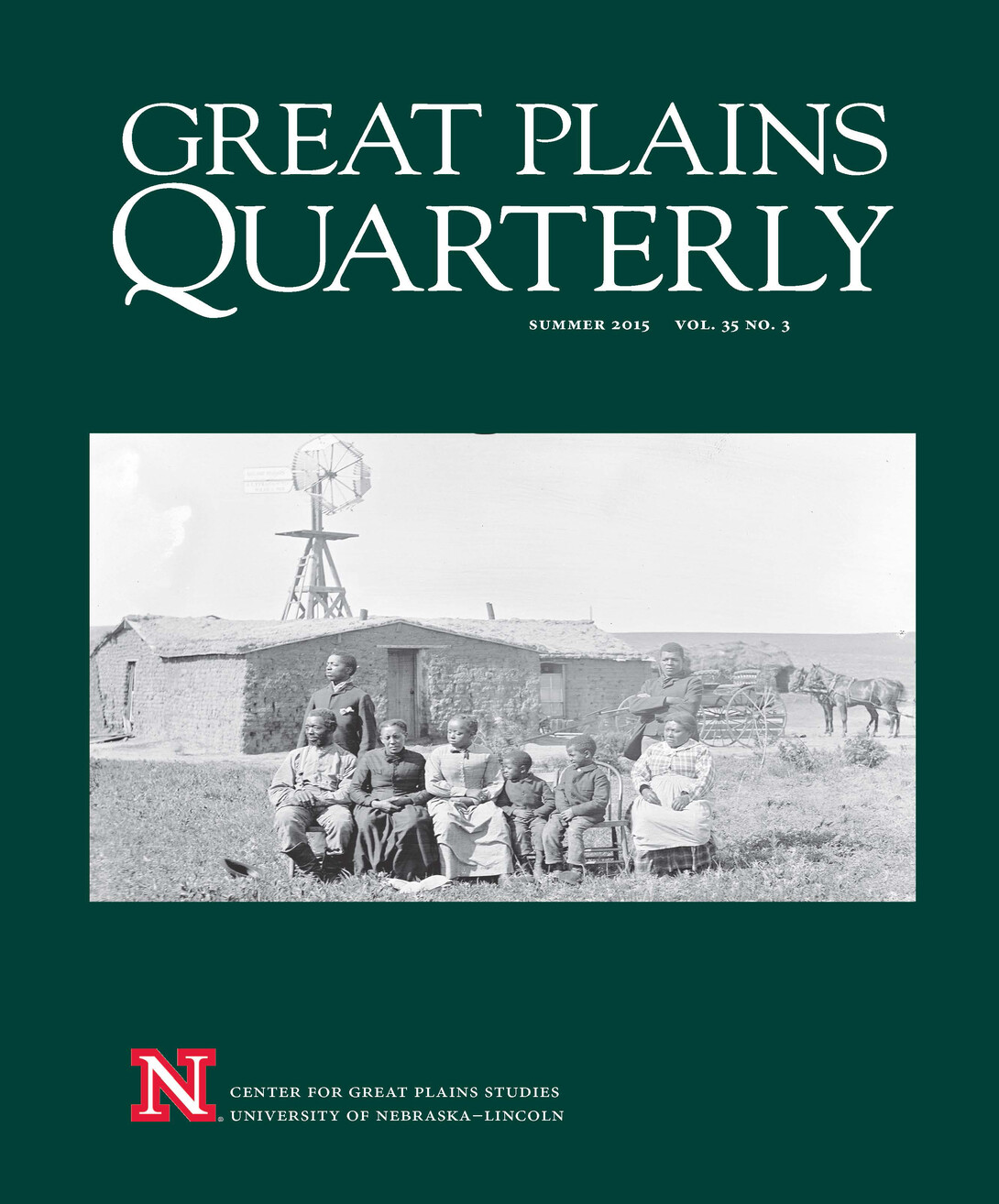
Extensive media coverage of the nuclear deal with Iran has influenced the national conversation on the potential for nuclear war. Recent tensions between Russia and the United States have led some to refer to the presence of a new Cold War. The impact of the press, at both the local and national level, on public opinion has always been an important question, and it was certainly so during the height of the “first” Cold War.
Historian Rebecca Berens Matzke details how local newspaper coverage from 1958-1965 of the Atlas F Missile Project in eastern Nebraska helped shape the public’s perception of nuclear missiles in their communities. Twelve Atlas F intercontinental ballistic missile sites were planned and constructed around the Lincoln Air Force Base, leading to extensive media coverage and varied public opinions.
Matzke examined small and large regional newspapers, including the Lincoln Journal and the Beatrice Daily Sun, and found most of them placed the missile construction into a national context. Further, she found that media coverage helped solidify Nebraskans’ belief in the necessity of fighting communism.
“While one should avoid generalizing about all Nebraskans,” Matzke wrote, “it seems that area newspapers, at least, went along with Washington’s Cold War deterrence policy.” By 1964 all of the sites had been deactivated, but the concrete silos still stand in eastern Nebraska, minus their equipment and weapons, and serve as testimonials to the fearful times of the Cold War.
Mazke’s article, “Cold War Missiles Meet the Press: Local Newspaper Coverage of the Atlas F Missiles Project, Lincoln Air Force Base, 1959-1961,” appears in the summer issue of Great Plains Quarterly.
Other articles in the issue (Volume 35, No. 3) include:
Stephen C. Behrendt reveals how one Nebraska farmer’s diary sheds light on the hardships, tragedy and courage of those who endured the Dust Bowl in “One Man’s Dust Bowl: Recounting 1936 with Don Hartwell of Inavale, Nebraska.”
Through the use of narratives from two diverse cultures, Matthew J.C. Cella examines how life on the Great Plains is akin to a crucible in that it severely tests the human spirit in “The Plains Crucible as Regional Metaphor in Oscar Micheaux’s ‘The Homesteader’ and Sophie Trupin’s ‘Dakota Diaspora: Memoirs of a Jewish Homesteader.’”
Jon Lauck’s interview of John Wunder, former director of the Center for Great Plains Studies, explores Wunder’s exemplary career as a regional historian of the Midwest and the Great Plains.
Katherine Hauser reviews two books on Native American portraiture and photography by Edward Curtis and Horace Poolaw in “About Face.”
Book reviews include topics on the American Indian movement, a history of the Kansas Supreme Court and culinary cuisine from the Nebraska Sandhills.
Great Plains Quarterly is an interdisciplinary academic journal published by the Center for Great Plains Studies at the University of Nebraska-Lincoln. The issue is available via the University of Nebraska Press as an individual copy or as a subscription or online via Project MUSE through participating university libraries. More information is available at http://www.unl.edu/plains.







